South African Side
The first step was in identifying the best South African lion populations for the reintroduction; which absolutely had to meet all of the specific conservation based criteria dictating that they were free ranging wild lions that had never been in captivity, as well as that they were genetically diverse but still of the same subspecies that naturally occurs in Mozambique. Several such populations were identified, and the properties that we chose to work with included.
Tembe elephant reserve is situated in Kwazulu Natal , and even though its renowned for its fantastic elephants , the conservation imperative does not stop there with exceptionally well managed wildlife reserves , this 30 000 hectare (75 000 acre) game reserve is home to the big five and a host of other species as well as more than 340 bird species and myriad other animals and plants. It is also the ancestral home of the Tembe people, who co-own and manage Tembe Elephant Park Lodge- With an exceptionally healthy lion population that live breed and hunt completely unfettered , this was an ideal source of some of our lions.
Makalali Private Game Reserve is located west of the Kruger National Park to offer guests an ethnic-style retreat within 26 000 hectares of bushveld in the North-eastern Lowveld. The lion genetics here are excellent free range wild lions from the area - Makalali game reserve has excellent conservation integrity , is focussed on minimal impact and its management team are proud to se their conservation extend beyond its borders, well populated with the big five as well as a host of other species this is a prime destination for visitors -
"The Greater Makalali Private Game Reserve is very excited to be able to contribute towards the growth of Lion populations in Africa. It is an inspiration as conservationists to see areas being re-established as wilderness areas. We appreciate the effort and hard work that goes towards a project like this" - Rob Panos, General Manager
Quarantine bomas meeting the strictest animal welfare and security standards were then erected at Msunduze River Lodge, and then inspected and certified by the local wildlife authority.
Formal permissions for the gifting of lions from each of the properties contributing animals were given, and the regional export permits from those areas and regional import permits into the quarantine site, were applied for and acquired.
As soon as the legal requirements were satisfied the lions were captured by a professional and experienced veterinary team, who conducted the disease screening of each individual and supervised their transport to the quarantine bomas.
Different lion groups were carefully integrated during the quarantine period so as to form larger social units that could be released together as larger prides are generally more successful at hunting and recolonisation of new areas.
Finally, aircraft were sourced and reserved for the carriage of the lion to the release site in Mozambique.
Vet Mike Toft preparing to "top up" the anesthetics.
Dr. Mike Toft performing the TB test result.
Dan Cabela and his mom Mary with a pride just after TB testing and weighing.
Mark Haldane and Ivan Carter after reading and recording microchips.
Ten hours and ten minutes. That's the time from the first dart untill the antidote was administered.
Mozambican Side
Import permits for the lions into Mozambique were applied for and approved, based largely on the good relationship of Zambeze Delta Safaris with the local communities and Government, and their reputation for conservation built over 25 years in the area.
The lion reintroduction sites were selected in the Zambeze Delta based on the ecological requirements of the species, including adequate cover and shade, as well as being in the areas with the highest concentration of large ungulates that will form the majority of the lion diet upon release.
Large lion release bomas were carefully planned so that they were exactly 1 Ha (100 m x 100 m) in area (in excess of the recommended size) and included an anthill with a dense tree and thick cover – the most important criteria being that no trees needed to be cut during the building of the perimeter.
Materials for the boma construction were then sourced as best as possible – in Mozambique one does not simply walk into a hardware store and buy everything needed. Fencing wire and electrics had to be imported, and transported via train and truck to the boma site. The boma gates and double-door feeding area were built pro bono by our neighbours in the sugar estate for which we are very grateful.
The bomas then had to be inspected by the local wildlife officials and certified as meeting the standard.
During this entire process (and in fact beginning long before the lions were selected and bomas were built) the local communities were engaged with and sensitised to the upcoming lion reintroduction, during which their concerns were listened to and suggestions implemented where practical. Communities were all provided with solar lights and charging stations so as to improve their standard of living, and those communities that wanted to move closer to the school and clinic were provided free transport to do so.



